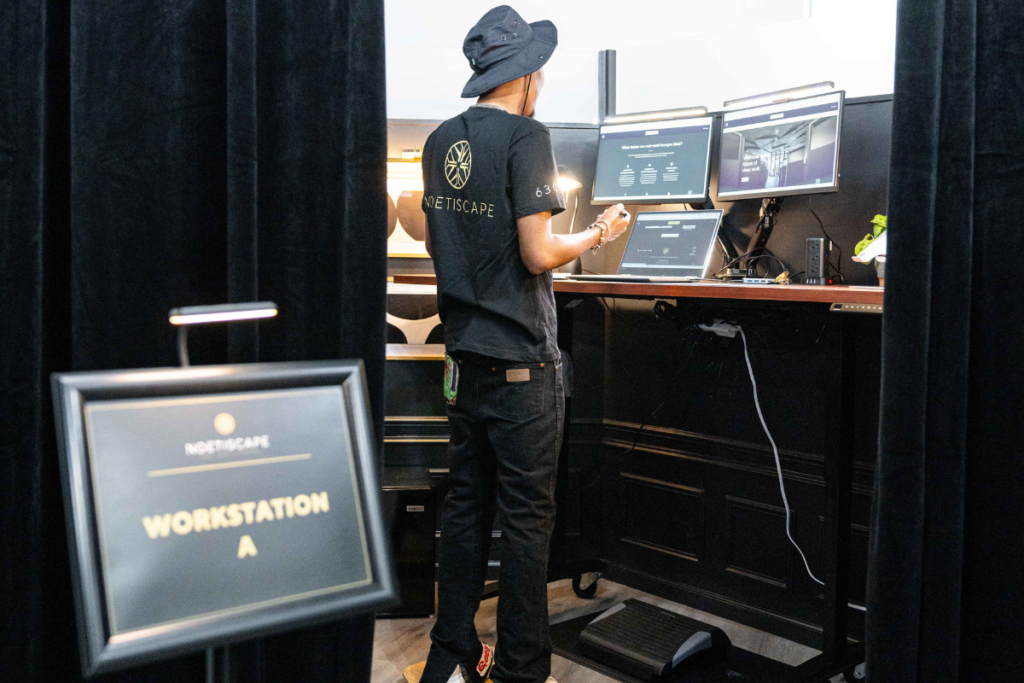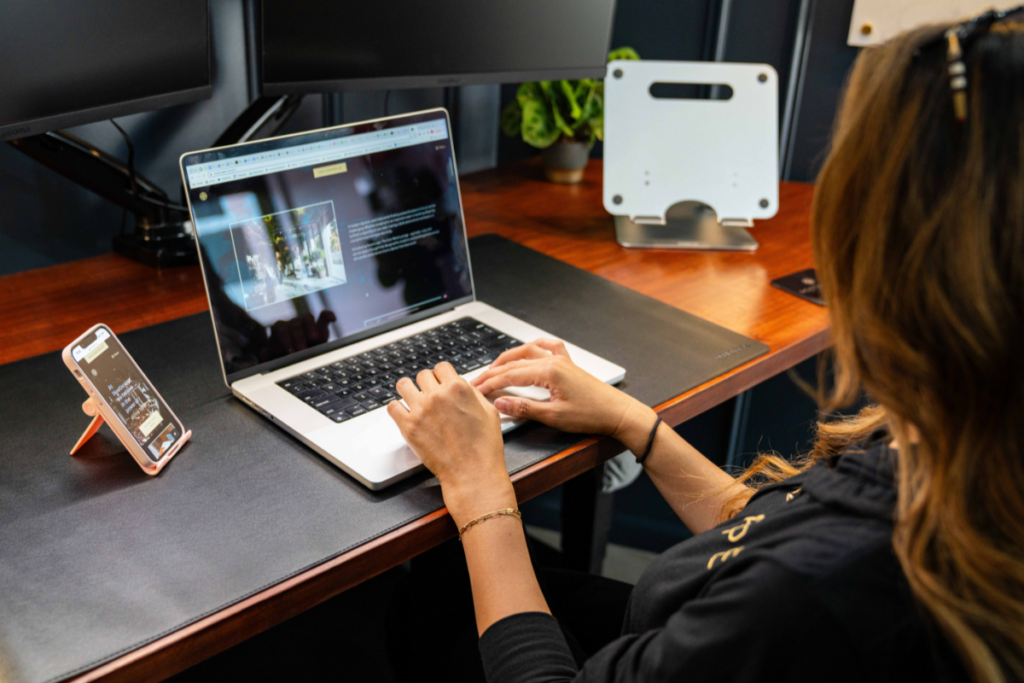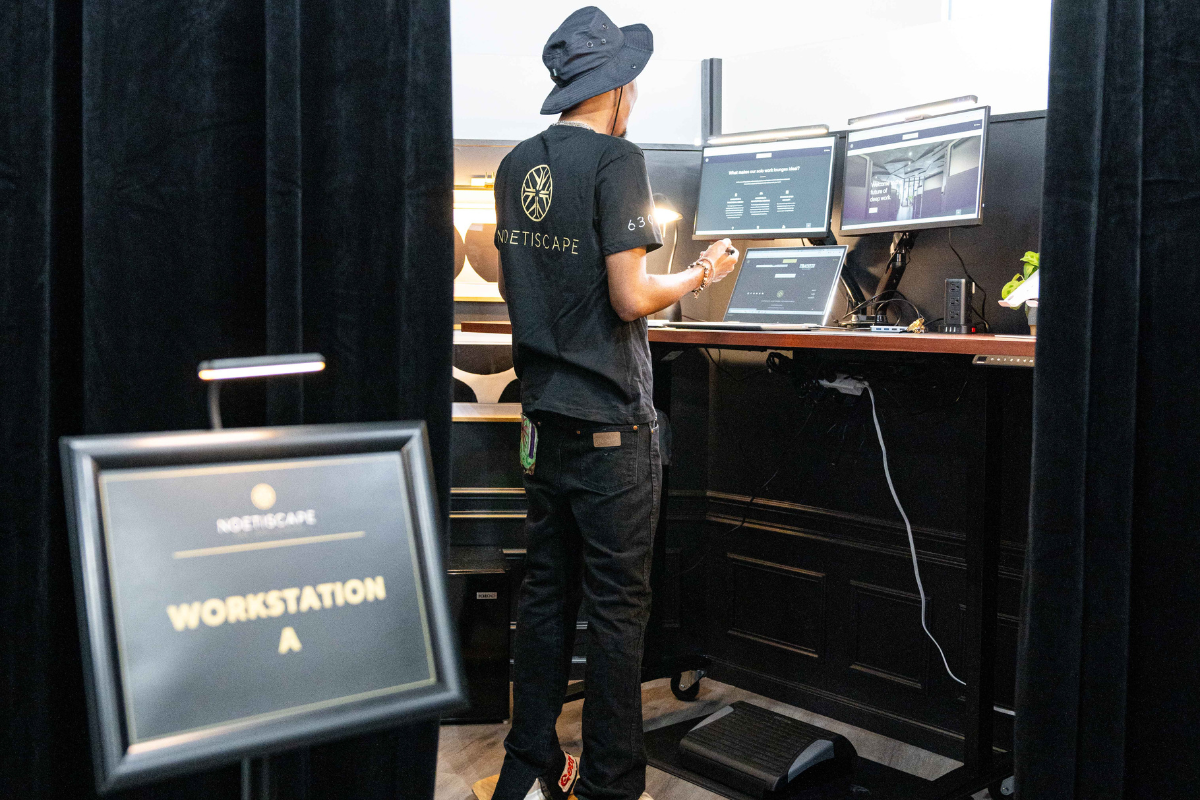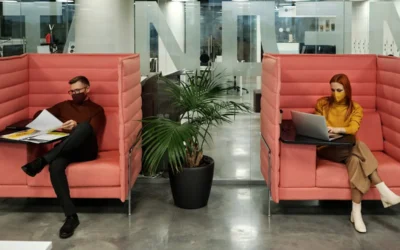Productivity and Furniture Selection: Smart Office Design
Did you know that the silent objects occupying your workspace, specifically your furniture, significantly influence your productivity? That’s right—there is, in fact, a link between productivity and furniture selection. And it should come as no purpose that in a rapidly changing work environment where productivity is critical, ergonomics plays an incredibly important role. Ergonomic furniture provides the user with maximum comfort, reducing the strain on the body during lengthy work periods.
Poor posture and inadequate support can lead to health issues, including chronic back pain, tension headaches, and repetitive strain injuries. These problems can reduce an employee’s ability to perform and even lead to significant time off work. The good news is you can prevent these issues by investing in ergonomic seating or desks, leading to healthier, happier, and more efficient teams.

The Critical Role of Ergonomics in Boosting Productivity
A study by the American Society of Interior Designers found that ergonomic interventions could enhance productivity by a staggering 25%. This isn’t just about adjustable chairs, standing desks, or monitor arms, though these certainly help; ergonomics considers all elements of the workstation setup, including the height and angle of computer monitors, workspace lighting levels, and the position of items on your desk.
Spatial arrangement, primarily the layout of workstations and communal areas, has a substantial impact on productivity. Companies have spent years trying to find the optimal office layout that fosters both collaboration and focused individual work. Open-concept offices, popular in the tech start-ups of Silicon Valley, were initially seen as a way to facilitate collaboration and rapid idea exchange. However, many businesses have started to move away from this trend, realizing that excessive noise levels and a lack of personal space can lead to distracted and stressed staff.
On the other side, partitioned offices or cubicles can lead to feelings of isolation and hinder spontaneous communication, whereas, an adaptable office layout where employees can move between quieter, private spaces and open, collaborative spaces according to their needs might be the answer. Designing the workspace with movement in mind can also encourage physical activity and prevent desk-based inactivity.

Furniture Aesthetics and Mood Enhancement
The visual appeal of a workspace also matters. Thoughtful aesthetics can massively influence mood, motivation, and, hence, productivity. Companies are now keen to select furniture styles and colors that reflect their brand ethos, creating a sense of unity and reinforcing a collective identity.
Moreover, research has shown the impact of biophilic design – the integration of natural elements in built environments – on productivity and well-being. Furnishings crafted from natural materials or designs inspired by nature can boost creativity, lower stress, and improve cognitive function. Similarly, the addition of office plants can increase productivity by as much as 15%.
The Edge of Versatile Furniture
In our modern world, where multi-tasking is common, versatile furniture that serves multiple functions or can be easily reconfigured has become increasingly valuable. For example, modular desks can be grouped for collaborative work or separated for individuals who require a quieter environment.
Likewise, mobile furniture like rolling chairs, movable dividers, and adjustable tables give teams the flexibility to reshape their workspace based on current tasks or projects. This fluid design can revitalize the office environment, cater to various work demands, and ultimately lead to an uptick in productivity.

Productivity and Furniture Selection: The Economic Perspective
Investing in your office’s furniture may seem like a large up-front expense, but this cost is trivial when compared to the potential financial loss resulting from reduced productivity. Problems like employee absenteeism due to office-related health issues or increased turnover can severely impact a company’s bottom line far more than the price of ergonomic, comfortable, and aesthetically pleasing furniture.
An Investment in Productivity
To say that furniture selection is a strategic decision would be an understatement. A well-thought-out interior design strategy that combines comfort, usability, aesthetic appeal, and adaptability is fundamental for any workplace striving for higher productivity.
In conclusion, the link between productivity and furniture selection is more profound than it first appears. By re-evaluating the office environment from ergonomic, spatial, aesthetic, and functional perspectives, businesses can create more harmonious, efficient, and productive workspaces.



